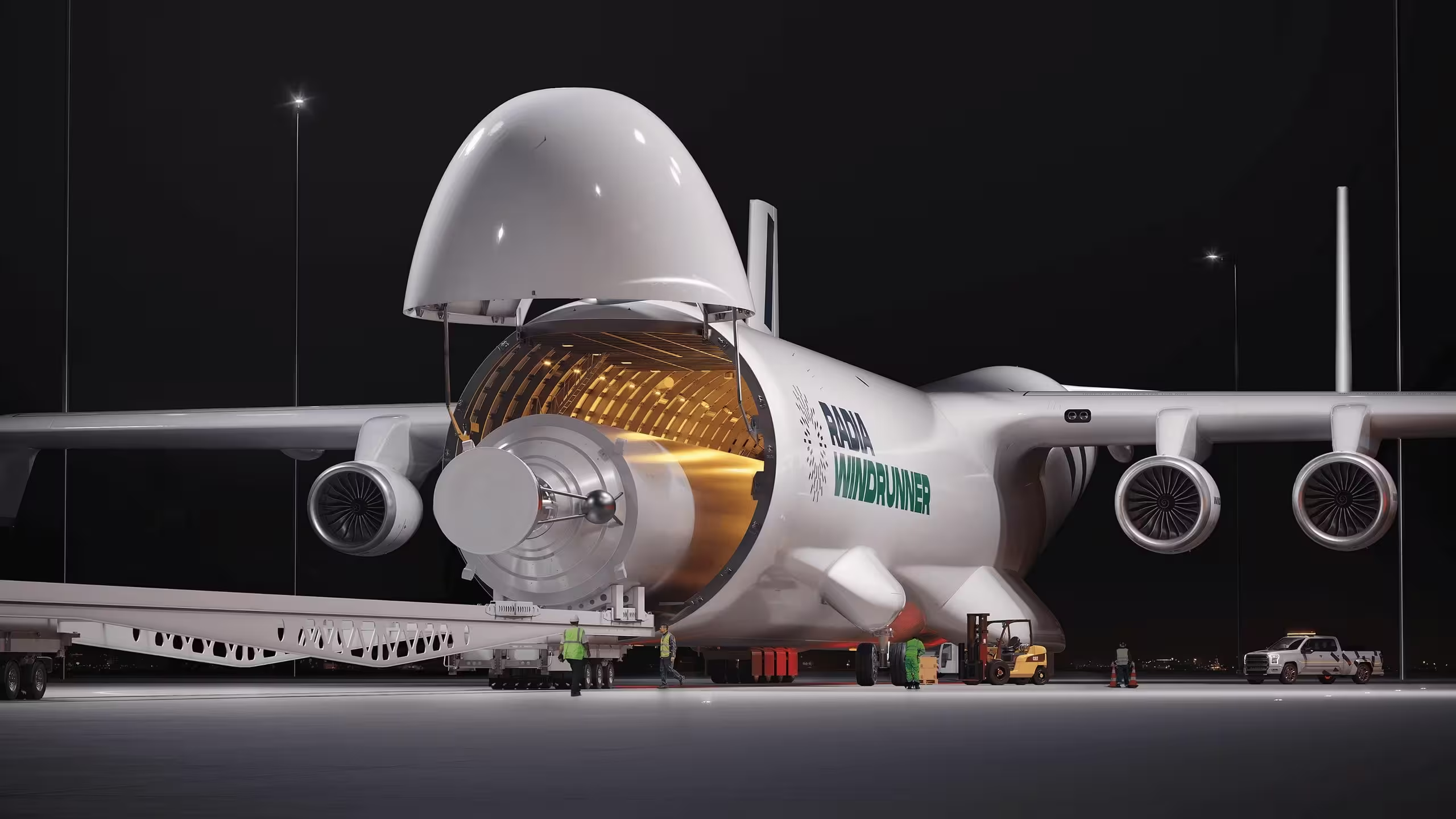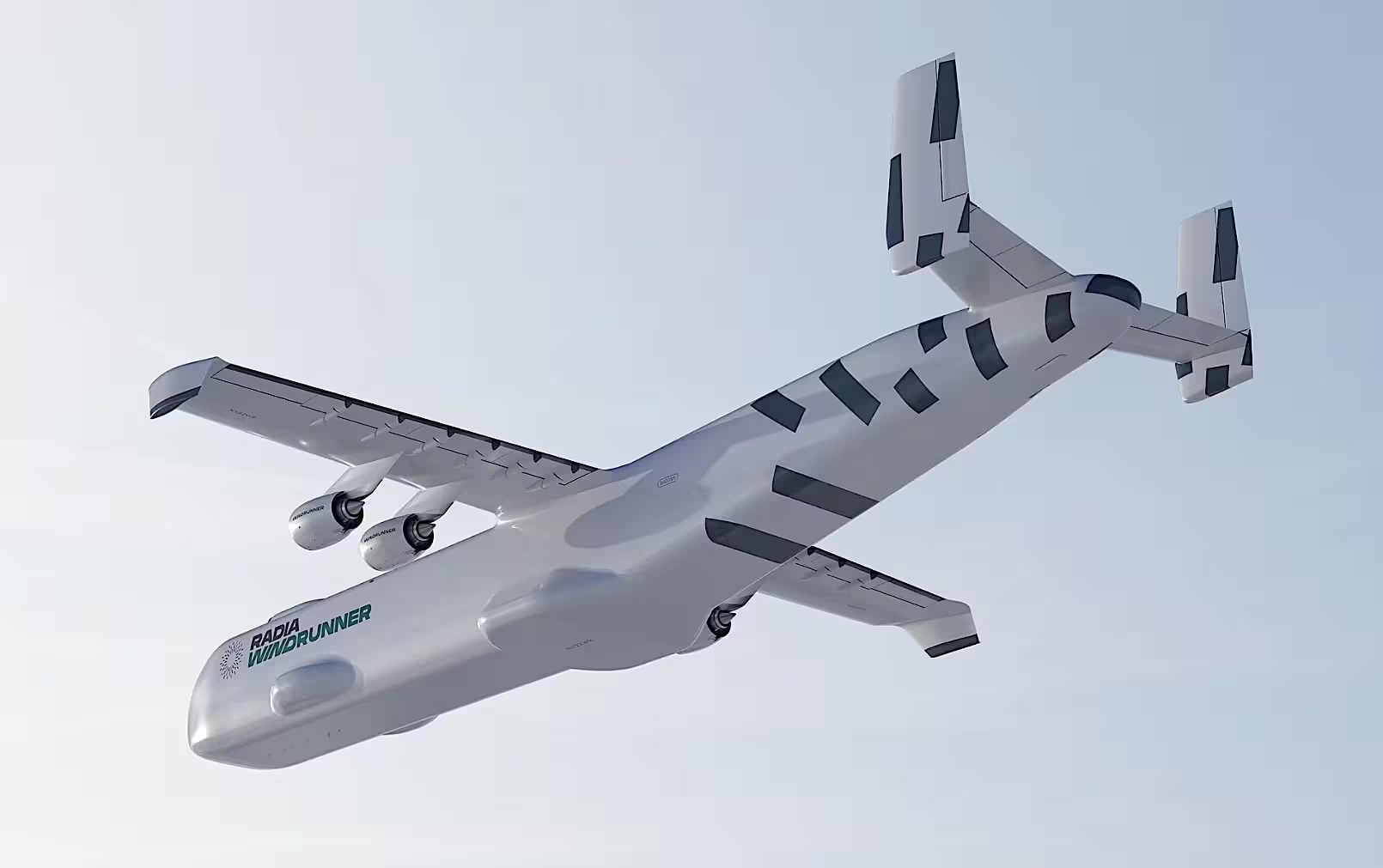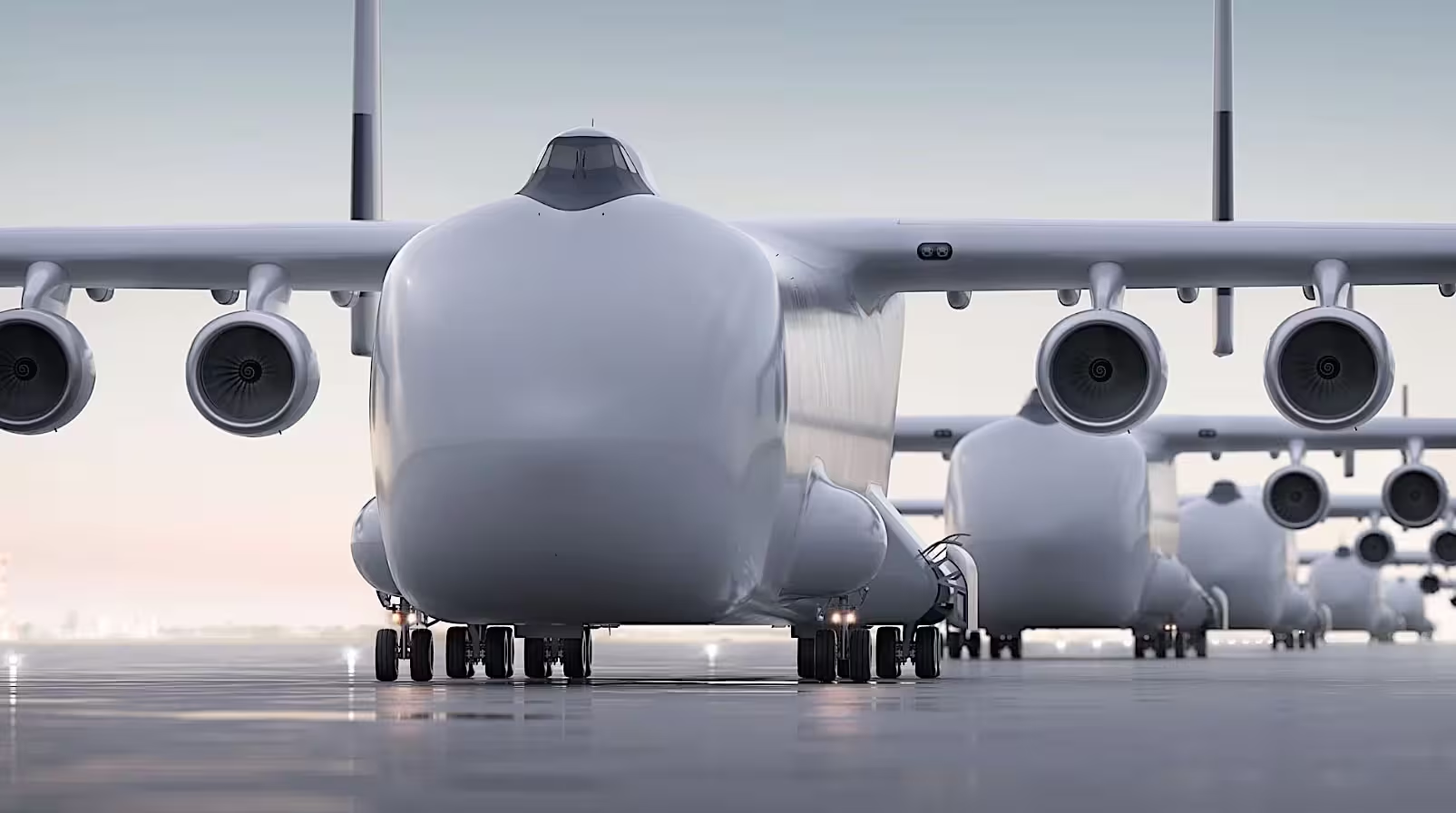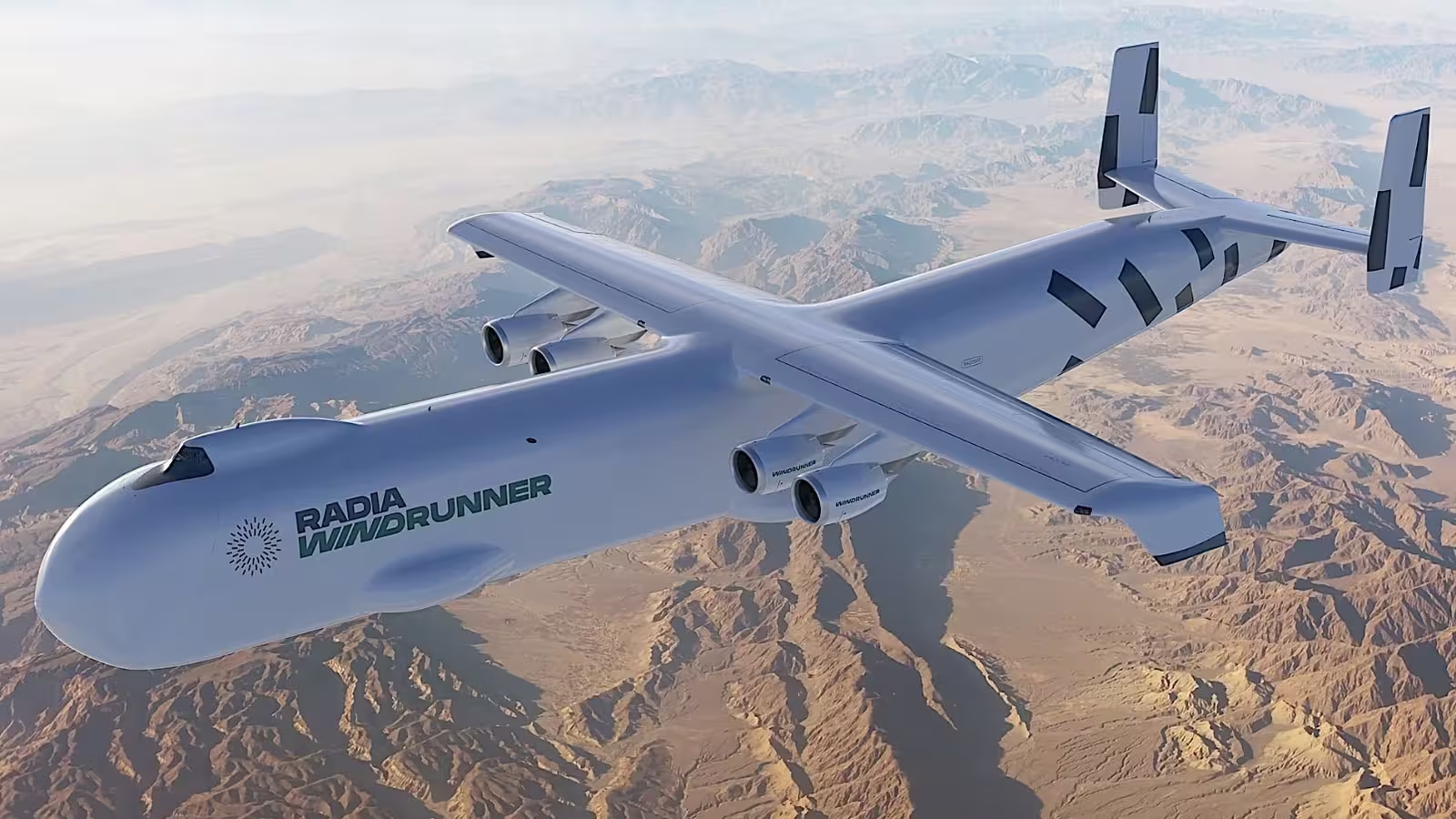5 Minutes
Introducing the Colossus of the Skies: WindRunner's Paris Air Show Premiere
Get ready for a spectacular unveiling at the Paris Air Show this June, where aviation and automotive enthusiasts will witness the reveal of the WindRunner—the world’s largest aircraft by length and internal volume. Hosted at Paris-Le Bourget Airport, the show’s 2024 edition shines a spotlight on this engineering marvel, setting new standards for air cargo transportation and inspiring innovation across automotive and aviation sectors alike.
A New Benchmark in Aircraft Size and Capability
Unmatched Dimensions and Impressive Cargo Space
At an astonishing 356 feet (108 meters) from nose to tail, the WindRunner overshadows even the legendary Antonov An-225 Mriya (276 feet/84 meters). What truly sets it apart is its enormous cargo bay: boasting a capacity of 7,700 cubic meters (271,922 cubic feet), the WindRunner outclasses competitors like the Airbus BelugaXL, which holds only 2,209 cubic meters (78,000 cubic feet). Even early rumored specs pegged its volume at 8,200 cubic meters, reaffirming its dominance in the heavy-lift cargo market.

Engineered for Extreme Loads and Oversized Cargo
The WindRunner’s development by Radia, a forward-thinking US firm founded by former MIT and Boeing engineers, marks a significant leap for the sector. Initially purpose-built to transport single-piece wind turbine blades up to 344 feet (105 meters) long, the project quickly attracted interest beyond renewable energy—positioning the WindRunner for high-value tasks such as satellite delivery and armored vehicle transport. Its payload limit is a formidable 72.6 metric tons (72,575 kg/160,000 lbs), ensuring a wide range of automotive and industrial cargoes can take flight aboard this behemoth.
Innovative Design and Technical Partnerships
Global Expertise Behind Every Section
Radia has assembled a powerhouse collaboration for the WindRunner’s major components, leveraging the latest in automotive-grade composite, avionics, and systems engineering. Spanish aerospace leader Aciturri Aeronáutica crafts the aircraft’s advanced tail structures, while Brazil’s Akaer Engenharia is tasked with the complex, pressurized main cabin and systems integration.
Modern avionics are entrusted to Astronautics Corporation of America, ensuring pilots have state-of-the-art navigation, safety, and control systems at their fingertips. Fuel system integration is spearheaded by UK-based Element Materials Technology, maximizing range and efficiency. Ingenium Technologies of the US rounds out the team, developing the sophisticated high-lift control system critical for safe operation at various airfields—which mirrors design philosophies shared with high-end automotive braking, control, and suspension systems.

Performance and Mobility: Breaking Barriers in Cargo Aviation
Powerful Yet Flexible Operations
Although Radia has yet to release full engine specifications, it’s confirmed that the WindRunner will feature four powerful engines, expected to propel the aircraft to a maximum speed of Mach 0.6 (460 mph/741 kph). Capable of cruising at altitudes up to 41,000 feet (nearly 12,500 meters) and achieving unrefueled ranges of 1,240 miles (1,996 km), it promises unprecedented logistics options for manufacturers, automakers, and defense contractors.
A Wingspan to Remember
With a mammoth 261-foot (80-meter) wingspan, WindRunner rewrites the book on what’s possible in aerial cargo transport. Its sheer size complements its technical sophistication, setting a new industry standard that will influence not just aerospace, but also the automotive transportation of outsize vehicles and parts.
Unrivaled Versatility: Prepared for Any Mission
Takeoff and Landing—No Runway Required
One of the WindRunner’s most game-changing features is its ability to operate from unprepared, packed-dirt runways as short as 1,800 meters (5,900 feet), eliminating the need for specialized infrastructure. This makes it ideal for remote industrial projects, rapid disaster response, and military logistics—areas where heavy ground vehicles, construction machinery, and off-highway equipment need to be deployed at short notice. For the automotive industry, this means even the largest and most unwieldy vehicles can reach far-flung destinations faster and more efficiently than ever.

Strategic Market Positioning and Multisector Appeal
From Wind Blades to Defense—A True Multi-role Workhorse
The WindRunner’s initial focus on renewable energy logistics has expanded dramatically, with direct attention from the broader commercial, military, and even space launch markets. Recently, Radia and the U.S. Transportation Command (USTRANSCOM) entered a formal agreement to assess the platform’s viability for critical Department of Defense and government logistics. Research will span operational efficiency, ground handling, cargo management, and suitability of existing airfields—paving the way for its adoption in a host of mission profiles.
How WindRunner Stacks Up Against the Competition
Setting New Standards Over Antonov and Airbus
When benchmarked against giants like the Antonov An-225 and the Airbus BelugaXL, the WindRunner claims superiority in both length and usable cargo volume. This leap gives logistics providers and vehicle manufacturers new options for moving entire vehicle chassis, semi-trailers, and modular production lines with unmatched speed and flexibility—a potential revolution in cross-continental automotive transport.
Looking Ahead: The Future of Oversized Air Cargo
As WindRunner prepares its first public showing—whether as a full-scale prototype or detailed mockup—aviation and car enthusiasts alike will have their eyes on Paris. Will this giant redefine logistics for industries as diverse as automotive manufacturing, renewable energy, and national defense? Further announcements, including potential engine supply partnerships, are anticipated as Radia leverages the show’s global spotlight.
Stay tuned as we cover the WindRunner’s Paris Air Show debut, bringing you updates on its impact across automotive and transportation markets worldwide. One thing is clear—the WindRunner signals a bold future for moving the world’s largest cargo, vehicles, and equipment, reshaping the possibilities for the entire mobility sector.
Source: autoevolution



Comments